Why Is My Monstera Turning Yellow: Causes and Solutions
Introduction
Monstera, often referred to as the “Swiss Cheese Plant” due to its characteristic hole-filled leaves, is a popular houseplant cherished for its lush foliage and relatively low maintenance needs. However, one common issue that many plant owners encounter is the yellowing of Monstera leaves. You might be asking yourself, “Why is my Monstera turning yellow?” While it’s natural for some older leaves to yellow and drop off as part of the plant’s life cycle, widespread yellowing can be a sign of underlying issues that need to be addressed. This article delves into the various reasons why your Monstera may be turning yellow, and offers practical solutions to help you restore its vibrant green color.
Understanding the Natural Life Cycle of Monstera
Before diving into the potential problems, it’s important to understand that some degree of yellowing is natural. As Monstera plants grow, they occasionally shed their oldest leaves to make room for new growth. This is part of the plant’s natural life cycle, and typically, only one or two leaves at a time will yellow and fall off. These leaves are often found near the base of the plant, and their yellowing is gradual, starting from the edges and moving inward. But when you start wondering, “Why is my Monstera turning yellow on multiple leaves at once?” it could signal a deeper issue.
However, if you notice that more than a couple of leaves are turning yellow at once, or if the yellowing appears to be more widespread and rapid, it’s likely that something is wrong.
1. Overwatering: The Most Common Culprit
Overwatering is the leading cause of yellow leaves in Monstera plants. Monstera, like many tropical plants, prefers its soil to dry out slightly between waterings. When the plant is overwatered, the roots become waterlogged, leading to a lack of oxygen. This creates a perfect environment for root rot, a condition where the roots start to decay. As a result, the plant is unable to take up nutrients effectively, leading to yellowing leaves. If you’re finding yourself asking, “Why is my Monstera turning yellow, even though I water it regularly?” overwatering could be the issue.
Signs of Overwatering:
- The soil feels consistently damp or wet.
- The leaves are yellowing uniformly across the plant.
- The yellow leaves may feel soft or mushy to the touch.
- You might notice a foul smell coming from the soil, indicative of root rot.
Solution: If you suspect overwatering, the first step is to check the soil. If it feels wet, refrain from watering until the top 2-3 inches of soil have dried out. Ensure that your Monstera is planted in well-draining soil and that the pot has drainage holes to allow excess water to escape. If the plant is severely waterlogged, you may need to repot it into fresh, dry soil, trimming away any rotten roots in the process.
2. Underwatering: A Less Common but Significant Issue
While overwatering is more common, underwatering can also cause Monstera leaves to turn yellow. When a plant is not receiving enough water, it cannot maintain its normal functions, including photosynthesis, which leads to the yellowing of leaves. In this case, you might be asking again, “Why is my Monstera turning yellow?” The yellowing typically starts at the tips of the leaves and progresses inward.
Signs of Underwatering:
- The soil is dry to the touch, even deep into the pot.
- The leaves may curl, become dry, or develop brown, crispy edges.
- The yellowing starts at the tips of the leaves and moves inward.
Solution: To remedy underwatering, water your Monstera thoroughly, allowing the water to soak through the soil and drain out the bottom of the pot. Moving forward, ensure you water the plant regularly, but avoid letting it sit in water. The goal is to keep the soil consistently moist but not soggy.
3. Inadequate Light: The Silent Stressor
Light plays a crucial role in the health of your Monstera. While this plant can tolerate low light conditions, it thrives in bright, indirect light. Insufficient light can lead to a variety of issues, including yellowing leaves. If your Monstera is turning yellow, it might be due to inadequate light exposure, a factor that compromises its ability to photosynthesize effectively.
Signs of Inadequate Light:
- The plant is located far from a window or in a dimly lit room.
- The yellowing is more pronounced on the side of the plant facing away from the light source.
- The plant may also exhibit leggy growth, with long, spindly stems reaching towards the light.
Solution: Move your Monstera to a brighter location where it can receive plenty of indirect sunlight. A spot near an east-facing window is ideal. If natural light is limited, consider supplementing with a grow light to ensure the plant receives enough light to thrive.
4. Nutrient Deficiencies: The Hidden Hunger
Monstera plants, like all living organisms, require certain nutrients to grow and stay healthy. A lack of essential nutrients, particularly nitrogen, potassium, or magnesium, can cause the leaves to yellow. Nitrogen is crucial for leaf growth and chlorophyll production, while potassium helps with overall plant health and disease resistance. Magnesium is vital for the production of chlorophyll, the green pigment in plants. You may wonder, “Why is my Monstera turning yellow if I’m watering it properly?” In this case, a nutrient deficiency might be the culprit.
Signs of Nutrient Deficiencies:
- The yellowing often starts on older leaves, while new growth remains green.
- The yellowing may be accompanied by stunted growth or smaller leaves.
- In the case of magnesium deficiency, you might notice a pattern of yellowing between the leaf veins, leaving the veins green.
Solution: To address nutrient deficiencies, consider fertilizing your Monstera with a balanced, water-soluble fertilizer. Look for a fertilizer with a balanced N-P-K ratio (Nitrogen-Phosphorus-Potassium) such as 20-20-20. During the growing season (spring and summer), fertilize your plant every 4-6 weeks. Be sure to follow the package instructions to avoid over-fertilizing, which can cause its own set of problems.
5. Temperature Stress: Too Hot or Too Cold
Monstera plants are native to tropical regions and prefer warm, humid conditions. Exposure to extreme temperatures, either too hot or too cold, can cause stress that leads to yellowing leaves. Cold drafts from windows or air conditioning units, as well as heat from radiators or direct sunlight, can all contribute to temperature stress. When you find yourself thinking, “Why is my Monstera turning yellow after a temperature change?” temperature stress might be the cause.
Signs of Temperature Stress:
- The yellowing may be sudden and occur after a change in temperature.
- The plant is near a drafty window, air vent, or heater.
- The yellowing is often accompanied by wilting or drooping of the leaves.
Solution: Ensure your Monstera is placed in a location where it will be protected from sudden temperature fluctuations. Keep it away from drafty windows, doors, and heating or cooling units. Ideally, maintain a consistent temperature between 65-75°F (18-24°C), which mimics the plant’s natural environment.
6. Pest Infestations: The Unseen Invaders
Pests can also be a cause of yellowing leaves in Monstera plants. Common pests like spider mites, aphids, and mealybugs feed on the plant’s sap, weakening it and causing stress that leads to yellowing. In severe cases, these pests can cause significant damage to the plant’s leaves and stems. So, if you’re asking, “Why is my Monstera turning yellow despite good care?” consider checking for pests.
Signs of Pest Infestation:
- Small, discolored spots on the leaves, which may eventually turn yellow.
- A sticky residue (honeydew) on the leaves, a sign of aphid infestation.
- Webbing on the undersides of leaves, indicating spider mites.
- Cottony white masses on the plant, a sign of mealybugs.
Solution: Inspect your Monstera regularly for signs of pests. If you discover an infestation, treat the plant with an appropriate insecticide, such as neem oil or insecticidal soap. For minor infestations, wiping the leaves with a damp cloth or spraying them with water can help remove pests. Ensure you treat both the upper and lower sides of the leaves, as well as the stems.
7. Poor Drainage: The Overlooked Issue
Even if you are watering your Monstera correctly, poor drainage can cause water to accumulate at the bottom of the pot, leading to root rot and yellowing leaves. Poor drainage can result from a lack of drainage holes in the pot, compacted soil, or using a pot that is too large for the plant. So, if you’re still wondering, “Why is my Monstera turning yellow even though I’m watering it carefully?” poor drainage might be the reason.
Signs of Poor Drainage:
- Water pools at the bottom of the pot after watering.
- The soil remains soggy or compacted.
- The plant shows signs of overwatering, even though you are watering it appropriately.
Solution: Ensure that your Monstera is planted in a pot with drainage holes to allow excess water to escape. Use a well-draining potting mix, ideally one designed for tropical plants or a mix that includes perlite or orchid bark to improve aeration. If your plant is in a pot that’s too large, consider repotting it into a smaller container to prevent water from lingering in the soil.
8. Overfertilization: Too Much of a Good Thing
While nutrient deficiencies can cause yellowing, overfertilization can be just as harmful. Excess fertilizer can build up in the soil, leading to salt accumulation, which can burn the plant’s roots and cause the leaves to yellow.
Signs of Overfertilization:
- A white crust or buildup on the surface of the soil.
- The edges of the leaves may turn brown and crispy, followed by yellowing.
- The plant may exhibit stunted growth or wilting despite regular watering.
Solution: If you suspect overfertilization, flush the soil with water to remove excess salts. Water the plant thoroughly, allowing the water to drain out the bottom of the pot. Going forward, reduce the frequency and concentration of fertilization. During the growing season, fertilize no more than once a month, and avoid fertilizing during the dormant winter months.
9. Transplant Shock: The Aftermath of Repotting
If you’ve recently repotted your Monstera, it may experience transplant shock, which can cause the leaves to yellow. Transplant shock occurs when the plant is disturbed during repotting, causing stress to its root system.
Signs of Transplant Shock:
- Yellowing of leaves shortly after repotting.
- The plant may appear droopy or wilted, even with adequate watering.
- The yellowing may be temporary as the plant adjusts to its new environment.
Solution: To minimize transplant shock, handle the roots gently during repotting and ensure that the plant is placed in similar conditions to its previous environment. Water the plant thoroughly after repotting, and avoid fertilizing for a few weeks to allow the plant to acclimate.
10. Root Bound: When the Plant Outgrows Its Pot
As Monstera plants grow, their roots can become crowded and root-bound, meaning they’ve outgrown their pot. When this happens, the plant’s roots may not be able to access enough nutrients and water, leading to yellowing leaves.
Signs of a Root-Bound Plant:
- Roots are growing out of the drainage holes.
- The plant is wilting despite regular watering.
- The pot feels unusually heavy, or the soil dries out very quickly.
Solution: If your Monstera is root-bound, it’s time to repot it into a larger container. Choose a pot that is 2-3 inches larger in diameter than the current one. When repotting, gently loosen the roots to encourage them to spread out in the new pot. After repotting, water the plant thoroughly and place it in a location with bright, indirect light.
Conclusion: A Healthier Monstera Awaits
Yellowing leaves on your Monstera can be concerning, but with careful observation and appropriate action, you can identify the underlying cause and restore your plant’s health. Whether the issue is related to water, light, nutrients, or pests, addressing the problem promptly will help your Monstera return to its lush, vibrant self.
Remember, a few yellow leaves are normal as part of the plant’s growth process, but widespread yellowing is a signal that something needs to be adjusted. So, the next time you find yourself asking, “Why is my Monstera turning yellow?” consider the various factors discussed above. By understanding the needs of your Monstera and providing it with the right care, you can enjoy a thriving, beautiful plant for years to come.


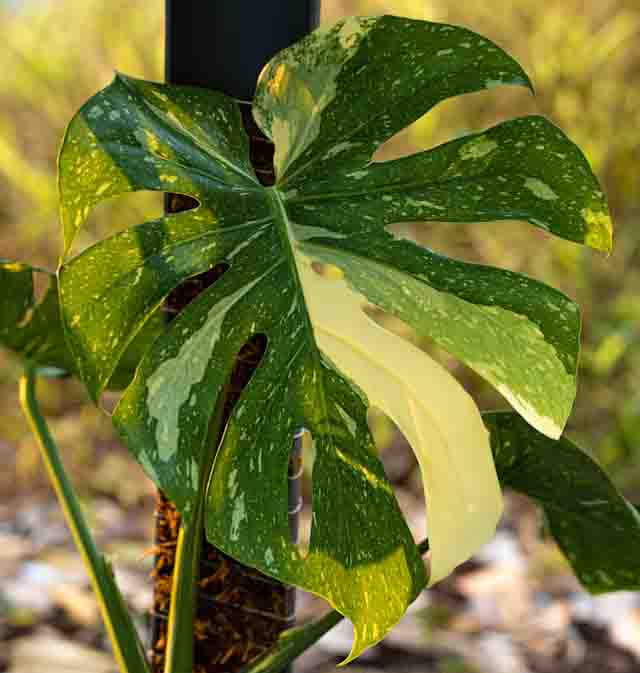
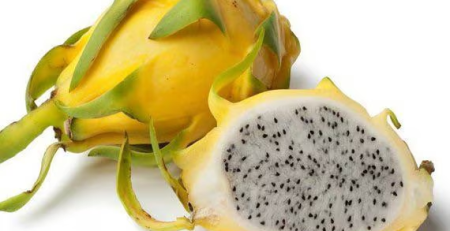
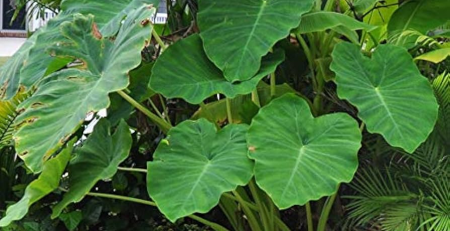

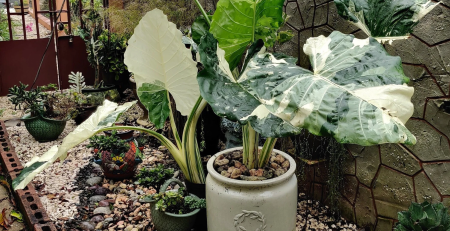
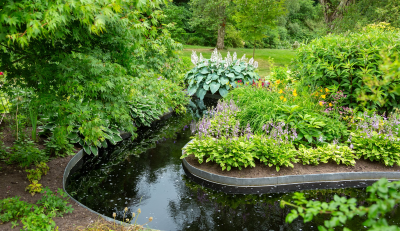

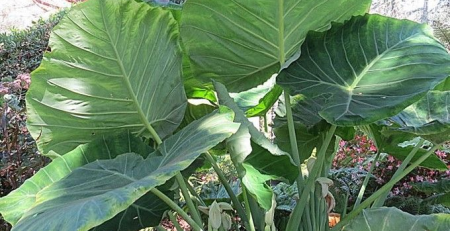
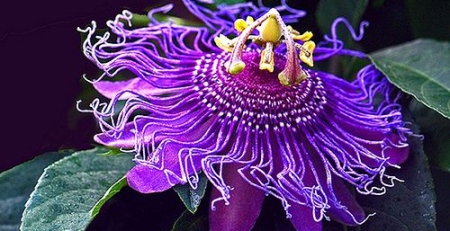

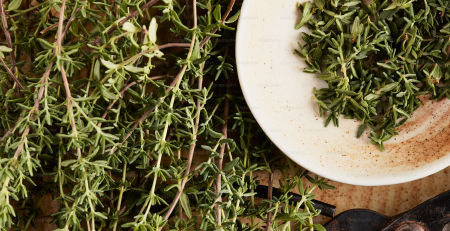
Leave a Reply